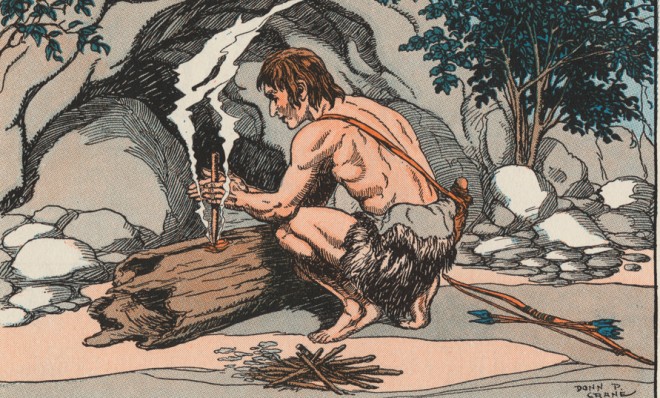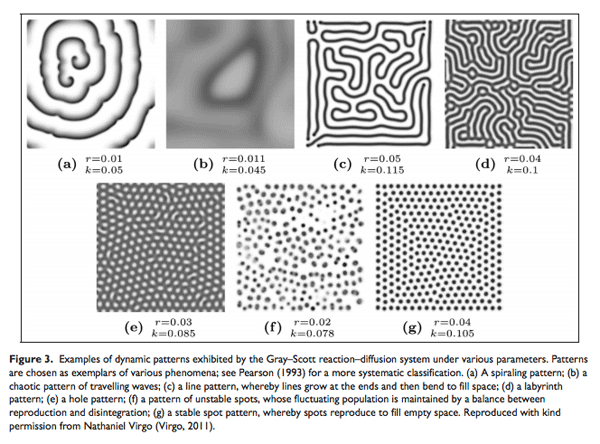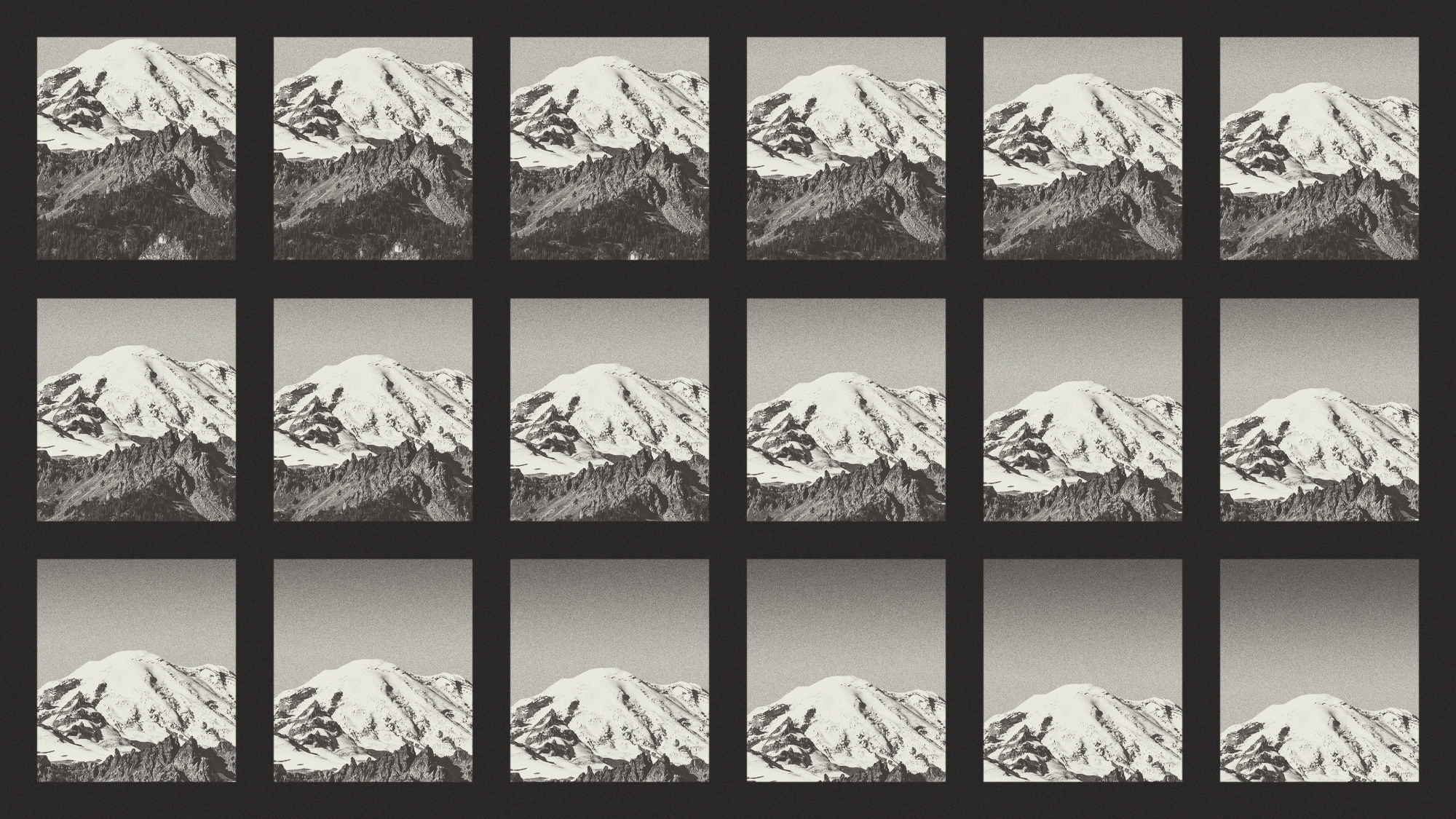Did artsy cavemen trip out on hallucinogenic drugs?
Check out these cave paintings, duuude

Cave paintings thousands of years old found on distant corners of the globe bear strikingly similar patterns, despite the fact that communication between the fractured pockets of early humans was nigh impossible. New research from Tokyo suggests that these artistic similarities may be more than a coincidence, and that psychedelic drugs may have played a role in standardizing geometric art all around the world.
In other words, those cavemen may have been getting, like, all high to make their art or something.
The research, conducted by Tom Froese, Alexander Woodward, and Takashi Ikegami, entailed evaluating prehistoric cave paintings originating some 40,000 years ago from multiple continents. According to researchers, our stone-age ancestors may have consumed mind-altering plants to put them in a spiritual state before painting.
The Week
Escape your echo chamber. Get the facts behind the news, plus analysis from multiple perspectives.

Sign up for The Week's Free Newsletters
From our morning news briefing to a weekly Good News Newsletter, get the best of The Week delivered directly to your inbox.
From our morning news briefing to a weekly Good News Newsletter, get the best of The Week delivered directly to your inbox.
The resulting hallucinogen-based artwork, they argue, mimics alterations in the human brain known as "Turing instabilities," which may have imbued the cross-continental artwork with their wavy, hypnotic features. It's thought that the "neural patterns" our ancestors were seeing originated from whatever psychedelics they were consuming.

"When these visual patterns are seen during altered states of consciousness they are directly experienced as highly charged with significance," the researchers write. "In other words, the patterns are directly perceived as somehow meaningful and thereby offer themselves as salient motifs for use in rituals."
As Gizmodo's Adam Clark Estes points out, this isn't the first time we've linked cave paintings with hallucinogens. "A couple of years ago, a 6,000-year-old cave painting in Spain ignited a small buzz after scientist identified what appeared to be images of psychedelic mushrooms in one of the murals," says Estes. "This finding was consistent with earlier hypotheses drawn from similar paintings that suggested cavemen knew about the special powers some plants possessed and possibly used those plants to inspire some of the earliest works of art known to man."
Although it's unclear what kind of mind-bending substances the cavemen may have been using ("Visual hallucinations can be induced in a wide number of ways," write the researchers), those substances were likely sought again and again for spiritual purposes.
A free daily email with the biggest news stories of the day – and the best features from TheWeek.com
Hewing to Turing's instabilities would certainly explain the radical geometric consistency of the ocean-separated cave paintings. And if true, it's a nice and tidy way for explaining mankind's historic love affair with drugs and art.


